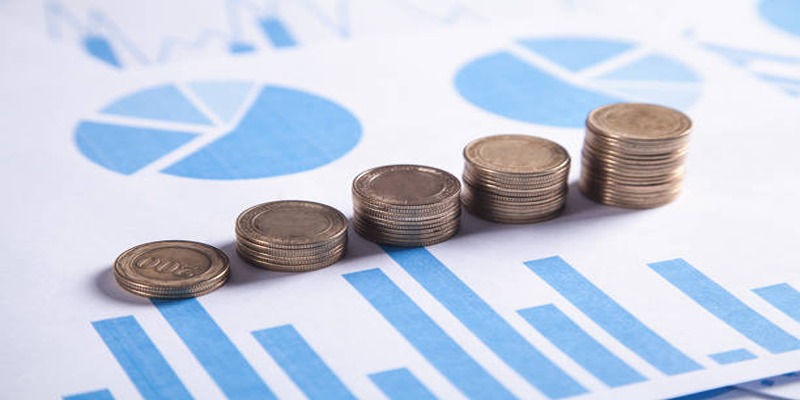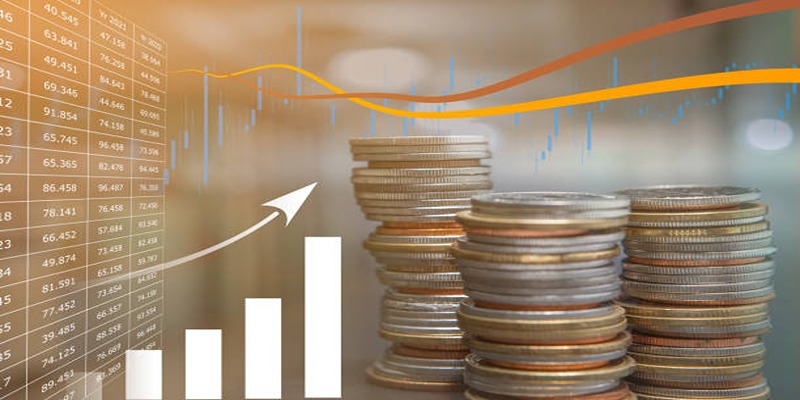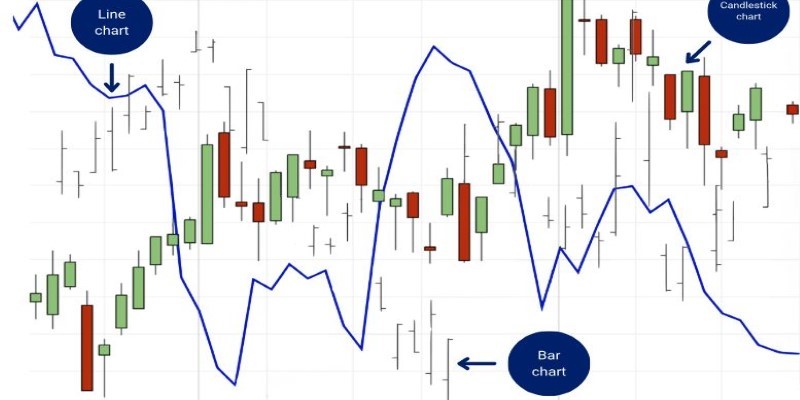Capital Gains Distributions Explained: What Investors Need to Know
When you invest in mutual funds or exchange-traded funds (ETFs), you may encounter something called capital gains distributions. These happen when the fund sells investments that have grown in value, and it then passes these profits to its shareholders. Understanding how these distributions work is key for investors, as they can affect your taxes and overall returns. Whether you're new to investing or experienced, learning about capital gains distributions will help you make smarter financial decisions and manage your investments more effectively.
How Capital Gains Distributions Work

Portfolio managers within funds generate capital gains distributions after selling investments which showed market appreciation. A fund allocates its capital gains among stocks, bonds, real estate investment trusts (REITs) along with additional possible investments. After investment sales the profits generated from asset appreciation become capital gains payments. The fund channels obtained profits from investment sales back to its shareholder base each year.
Suppose you own shares of a mutual fund which generated $10 million in capital gains through its sold investments during the entire year. Because the fund has 1 million shares outstanding each shareholder will get $10 in capital gains distributions for their investment.
Taxes and Capital Gains Distributions
One of the most important things for investors to understand about capital gains distributions is how they can affect your taxes. Unlike dividends, which are taxed in the year they are received, capital gains distributions are only taxed when you sell your shares or when the fund sells investments that have increased in value. This means that even if you reinvest your distributions back into the fund, you will still owe taxes on them.
Additionally, depending on how long the fund holds onto its investments before selling them, these capital gains may be considered short-term or long-term. Short-term capital gains are taxed at a higher rate than long-term capital gains, so it's important to be aware of this when managing your investments.
How Mutual Funds and ETFs Handle Capital Gains
Not all mutual funds and ETFs handle capital gains distributions in the same way. Some may distribute them annually, while others may do so on a more frequent basis. Additionally, some funds may choose to reinvest the profits from these distributions back into the fund, while others may distribute them as cash payments.
When evaluating a potential investment, it's important to look at how often the fund distributes capital gains and whether they are reinvested or paid out as cash. This can have an impact on your taxes and overall returns.
Impact of Capital Gains Distributions on Investors
Capital gains distributions can have both positive and negative impacts on investors. On the positive side,
- Receiving distributions can provide investors with additional income, which may be beneficial for those who rely on their investments for cash flow.
- If the fund chooses to reinvest the distributions, this can lead to compound growth over time.
On the negative side,
- Capital gains distributions are taxable and can result in a larger tax bill for investors.
- They can also reduce the overall returns of an investment, especially if they are frequent or significant.
Therefore, it's important for investors to consider both the short-term and long-term implications of capital gains distributions when making investment decisions.
Factors That Lead to Capital Gains Distributions
There are a few factors that can lead to capital gains distributions in a fund:
- High turnover rate: A high turnover rate means the fund is buying and selling investments frequently, which increases the likelihood of realizing capital gains.
- Appreciation of assets: If the investments within a fund have significantly increased in value, this can result in larger capital gains distributions.
- Redemption requests: When investors redeem their shares from a fund, it may be necessary for the manager to sell investments and realize capital gains to fulfill these requests. This can then lead to distributions for remaining shareholders.
Strategies for Managing Capital Gains Distributions
There are a few strategies that investors can use to manage the impact of capital gains distributions on their investments and taxes.
Tax-Loss Harvesting
One strategy is called tax-loss harvesting, which involves selling investments that have decreased in value to offset the gains from distributions. This can help reduce your overall tax burden and potentially increase your returns.
Index Funds
Another strategy is investing in index funds, which generally have lower turnover rates and therefore may generate fewer capital gains distributions compared to actively managed funds. This can help minimize the impact of taxes on an investor's portfolio.
Asset Location
Asset location refers to placing different types of investments in accounts with different tax implications. For example, holding taxable investments like mutual funds or ETFs in a retirement account may help reduce the impact of capital gains distributions on taxes.
How to Find Information on Capital Gains Distributions

If you're interested in investing in a mutual fund or ETF, it's important to research its capital gains distribution history. This information can usually be found on the fund's website or through financial news sources.
Additionally, many funds provide estimated distribution dates and amounts for the upcoming year, which can help investors plan for potential tax implications.
Conclusion
Capital gains distributions are an important aspect of investing that all investors should understand. By knowing how they work, their impact on taxes and returns, and strategies for managing them, investors can make more informed decisions about their investments. It's also important to regularly review a fund's capital gains distribution history when evaluating potential investments to ensure they align with your financial goals and tax planning strategies. So, it is necessary for investors to do thorough research before investing in any mutual fund or ETF.












